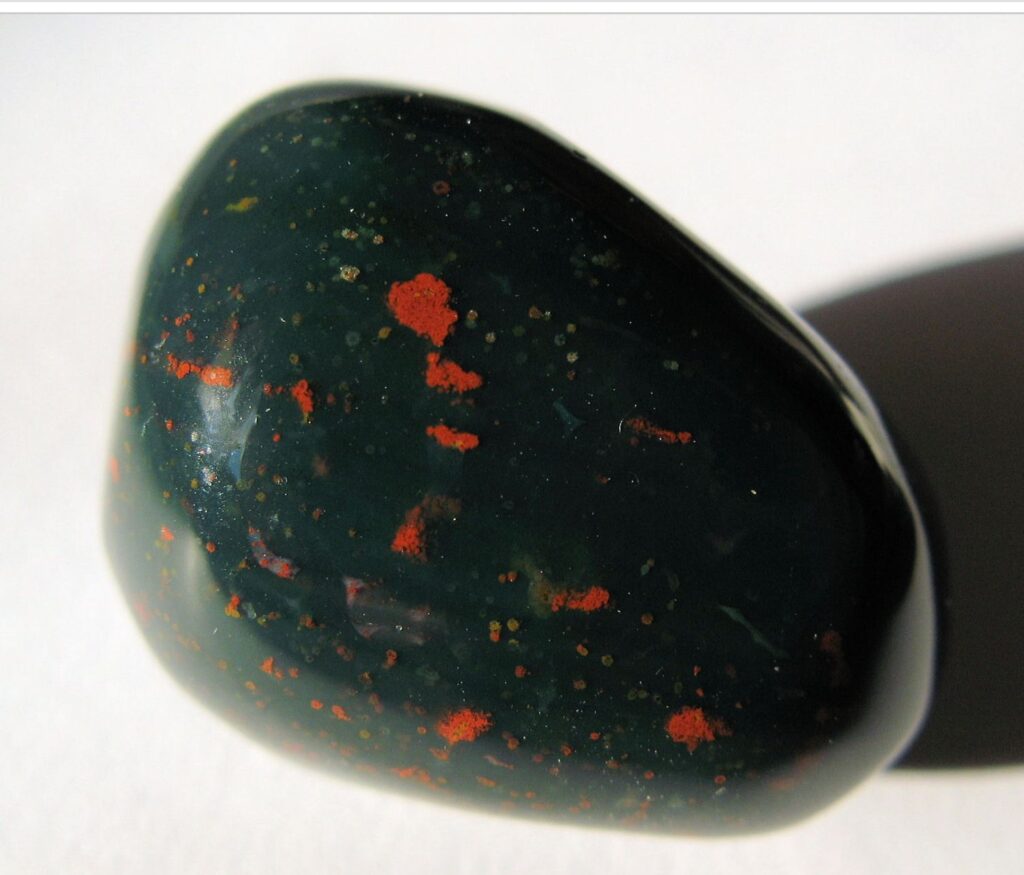March is the third month of the year and named after Mars in both the Julian and Gregorian calendars. It is the second of seven months to have a length of 31 days..

FACTS ABOUT YOUR MONTH – MARCH
The name of March comes from ancient Rome, when March was the first month of the year and named Martius after Mars or Ares, the Greek god of war. In Rome, where the climate is Mediterranean, March was the first month of spring, a logical point for the beginning of the year as well as the start of the military campaign season. January became the first month of the calendar year either under King Numa Pompilius (c. 713 BC) or under the Decemvirs about 450 BC (Roman writers differ). The numbered year began on March 1 in Russia until the end of the 15th century. Great Britain and its colonies continued to use March 25 until 1752, which was when they ultimately adopted the Gregorian calendar. Many other cultures and religions still celebrate the beginning of the New Year in March.
March in the Northern Hemisphere is the seasonal equivalent of September in the Southern Hemisphere.
In the Northern hemisphere, the beginning of the meteorological spring is 1 March. In the Southern hemisphere, the beginning of the meteorological autumn is 1st March.
March starts on the same day of the week as November every year and February in common years only. March ends on the same day of the week as June every year. In leap years, March starts on the same day as September and December of the previous year. In common years, March starts on the same day as June of the previous year.
In Finnish, the month is called maaliskuu, which is believed to originate from maallinen kuu, during March, earth finally becomes visible under the snow (other etymological theories have however been put forward). In Ukrainian, the month is called березень/berezenʹ, meaning birch tree, and březen in Czech. Historical names for March include the Saxon Lentmonat, named after the March equinox and gradual lengthening of days, and the eventual namesake of Lent. Saxons also called March Rhed-monat or Hreth-monath (deriving from their goddess Rhedam/Hreth), and Angles called it Hyld-monath.
In Slovene, the traditional name is sušec, meaning the month when the earth becomes dry enough so that it is possible to cultivate it. The name was first written in 1466 in the Škofja Loka manuscript. Other names were used too, for example brezen and breznik, “the month of birches”.[7] The Turkish word Mart is given after the name of Mars the god.

March’s flower is the daffodil.

March’s birthstones are the bloodstone and aquamarine. The meaning of the bloodstone is courage.
